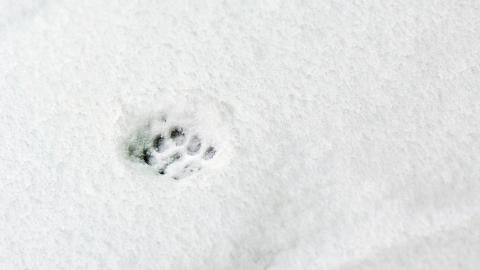This is the story of a very sociable bottlenose dolphin. In January 1988, Billie, as she was nicknamed, followed a few boats from her birthplace near Adelaide in southern Australia and ended up in a particularly polluted cove. Stuck, the female was rescued by a local park, which kept her for a few weeks before releasing her back into the wild.
Discover our latest podcast
While she was recovering, Billy was in the company of five other dolphins from whom she apparently learned a new trick: the ‘moonwalk.’ Named in reference to the famous dance popularised by Michael Jackson, this move for dolphins consists of standing on their caudal fins (their tails) and moving forward before jumping back first into the water. Known as ‘tail-walking,’ it is one of the tricks taught to dolphins in captivity and is almost never observed in their natural environment.
Yet Billie apparently only needed a few days to grasp the subtleties of this trick. After being re-released into the waters of Port River, observers were surprised to see her standing on her tail several times. She could even be seen going up to boats standing on her rear fin.
But what soon surprised the specialists is that her peers quickly copied the movement. ‘This is a great example of mimicry and knowledge sharing among dolphins,’ said Mike Bossley to The Atlantic.
A trick that now belongs to the past
The most amazing thing in this story is that only female dolphins seem to learn the moonwalk trick, for reasons that are still unknown, according to a recent study made in the Biology Letters journal. When Billy died in 2009, Wave, another female, took over the torch with surprising intensity. ‘She started doing it all the time, and the sheer number of times she stood on her tail certainly influenced other dolphins to do it,’ says Luke Rendell from St. Andrew’s University.
While in 2011 up to a dozen females were able to do this trick, the deaths of Billie, and Wave in 2014, have made this phenomenon go out of fashion. This year, only a few animals still practice it from time to time. Scientists are still surprised that this technique could have been passed on to one or even two generations, since it brings nothing to the dolphins and is even particularly energy-consuming. What is usually transmitted from dolphin to dolphin is generally only what is useful for foraging.
This is the first time that such a transmission phenomenon has been observed in this species, the bottlenose dolphin of the Indian Ocean (Tursiops aduncus). Although this ability of dolphins to pass on information from generation to generation has already been observed many times, it now opens up much greater opportunities for scientists.
Cultural behaviour little studied over the long term
‘The rapid transmission of learned behaviours from a peer is much more effective than the process of natural selection, which may be an advantage, or a disadvantage, depending on what type of behaviour is being talked about,’ says Philippa Brakes, a prominent cetacean specialist in Australia. The cultural behaviour remains, in dolphins and in whales, little studied mostly because it requires long periods of observations.
Yet this factor has important implications when it comes to conservation. ‘Learning more about the social transmission of behaviour helps us predict how different species can respond to changes in their environment,’ says Philippa Brakes, co-author of the Whale and Dolphin Conservation study.
‘Once again, we see the importance of being able to study cetaceans over extended periods of time which has a significance in terms of their longevity,' concludes Dr. Rendell, who also participated in the research.















